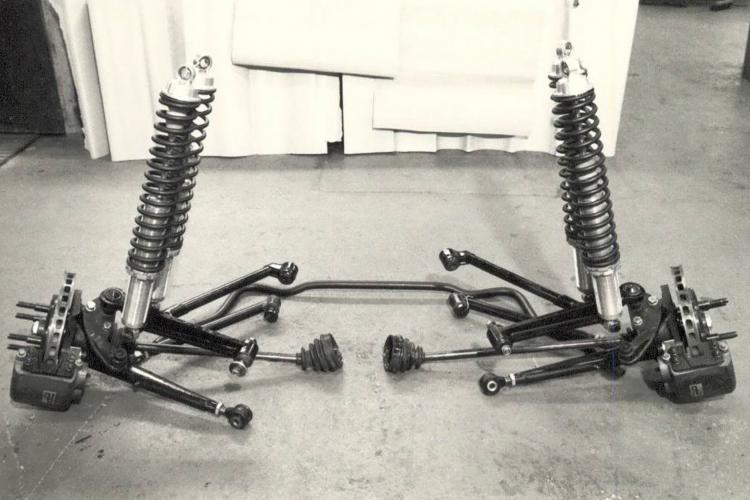As per Art. 4.1.4 to FIA Appendix K: For any homologated car, the HTP must be accompanied by an ASN certified copy (printed on FIA stamped/watermarked paper with an ASN additional authentication) of the car’s original Homologation Form or a ASN certified copy (printed on FIA stamped/watermarked paper with an ASN additional authentication) of the car’s Retrospective Homologation Form.
None of the forms available on this website will be recognised as valid on an event, this is for consultation only.
Ford RS 200 (1803.5)
Description
The Group B installed by the FIA in 1983 (but already announced in 1978) offered almost full flexibility to manufacturers seduced by the concept and interested in the competition.
In the 70s, Ford had earned itself a solid reputation in rally with the Ford Escort. When Group B was introduced, Ford had initially planned to design a new Escort, the RS 1700T. But the problems encountered during its development were the downfall of this project. This Escort was also only a two-wheel drive, while the standard set by Audi with its Quattro was already telling enough to suggest that full-wheel drive was becoming essential to aspire for any success in rally.
Ford Europe then designed the RS200, the number 200 referring to the number of road legal cars that would theoretically need to be produced to obtain FIA homologation. Starting from scratch, the chassis designers – Formula One designer Tony Southgate and Formula One engineer John Wheeler – focussed on the search for the best possible weight distribution: it was a mid-engine 4WD 2-seater coupé, with the gearbox mounted at the front, resulting in a fairly complex drive train system conceived by FF Developments.
The chassis was made of an aluminium honeycomb lower structure, with front and rear integral subframes in high strength alloys connected to the survival cell to accommodate the all-aluminium alloyed turbocharged Cosworth BDT engine and twin wishbone/twin damper suspensions on all four wheels.
The 1.8 engine of the road version of the RS200 produced 250 hp at 6500 rpm, with 215 lbft of torque at 4500 rpm, although the racing version used in 1986 reached 420+ hp. The composite/carbonglass bodywork was designed by the Ghia Design Studio (using some parts from Sierras, like the front windscreen and the rear lights) and the cars were assembled by Reliant.
Its first public appearance, in road-going version, took place at the 1984 Belfast Motor Show. The car’s first official participation in the FIA World Championship took place in January 1986, during the Monte-Carlo Rally. A few months later, the FIA banned Group B cars from rallies for safety reasons, meaning that the Sporting Evolution of RS200 validated on 1st December 1986, which primarily involved an increase in cylinder capacity to 2.1 litres, came too late. This Evolution was therefore widely used in the FIA European Rallycross Championship, where Group B cars remained authorised until 1992.










